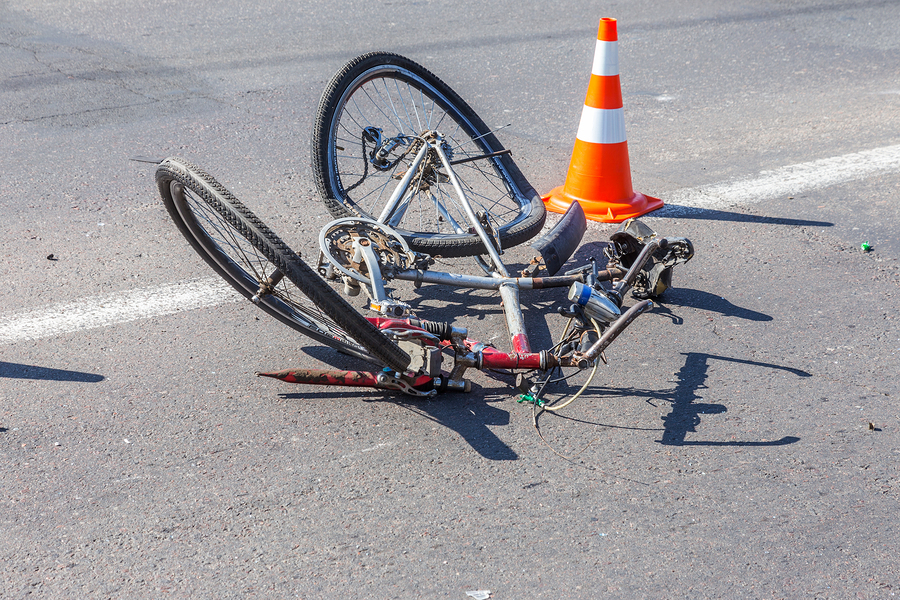Vehicle drivers play a significant role in causing bike accidents, which can lead to severe injuries and fatalities for cyclists. Understanding the ways in which drivers contribute to these accidents is crucial for promoting safer roads and fostering better relationships between motorists and cyclists. The following are some of the common ways drivers cause bike accidents.
Failure to Yield
Many bike accidents occur when drivers fail to yield the right-of-way to cyclists at intersections, crosswalks, or when making turns. Drivers may overlook cyclists or misjudge their speed, resulting in collisions.
Distracted Driving
Distractions such as texting, phone calls, adjusting the radio, or eating while driving divert a driver’s attention from the road. This reduced focus can cause drivers to miss cyclists or misjudge their movements, leading to dangerous situations.
Dooring Incidents
“Dooring” happens when a driver or passenger opens a car door without checking for approaching cyclists. This can result in a cyclist colliding with the door, causing serious injuries or pushing the cyclist into traffic.
Right Hooks and Left Crosses
A right hook occurs when a driver turns right in front of an oncoming cyclist, while a left cross happens when a driver turns left in front of a cyclist traveling straight. Both scenarios are dangerous and can lead to severe collisions.
Overtaking Without Adequate Clearance
Drivers may attempt to pass cyclists without providing sufficient clearance, endangering the safety of the cyclist. Close passes can startle the cyclist or force them into other hazards on the road.
Speeding
Speeding reduces a driver’s ability to react to sudden changes in road conditions or the presence of cyclists. High-speed collisions between cars and cyclists can be especially devastating.
Failure to Check Blind Spots
Neglecting to check blind spots is a common driver error that can lead to collisions with cyclists. Drivers must be vigilant and ensure there are no cyclists in their blind spots before changing lanes or making turns.
Aggressive Driving
Aggressive behaviors such as tailgating, honking at cyclists, or shouting can create a hostile environment and increase the risk of accidents.
Impaired Driving
Drivers under the influence of alcohol or drugs have impaired judgment, reduced reaction times, and compromised coordination. This significantly increases the likelihood of accidents involving cyclists.
Ignoring Traffic Laws
Some drivers disregard traffic laws, including stop signs, traffic signals, and speed limits. Failing to obey these laws can put cyclists at greater risk.
Inadequate Passing Distance
Drivers must allow sufficient space when passing cyclists to avoid collisions. Failure to maintain a safe passing distance can lead to sideswiping accidents.
Lack of Awareness
Some drivers may simply not be aware of the presence of cyclists on the road. Cyclists, being smaller and less conspicuous than cars, may be overlooked, especially in busy or complex traffic situations.
To address these issues, it is essential to promote awareness and education among drivers. Public campaigns can help drivers better understand the vulnerabilities of cyclists and the importance of sharing the road responsibly. Moreover, implementing and enforcing traffic laws that protect cyclists and penalize unsafe driving behaviors can act as a deterrent.
Investing in infrastructure improvements, such as well-marked bike lanes, separated bike paths, and traffic calming measures, can also enhance the safety of both cyclists and drivers. Ultimately, fostering a culture of mutual respect and consideration between drivers and cyclists is key to reducing bike accidents and creating safer roads for everyone.
